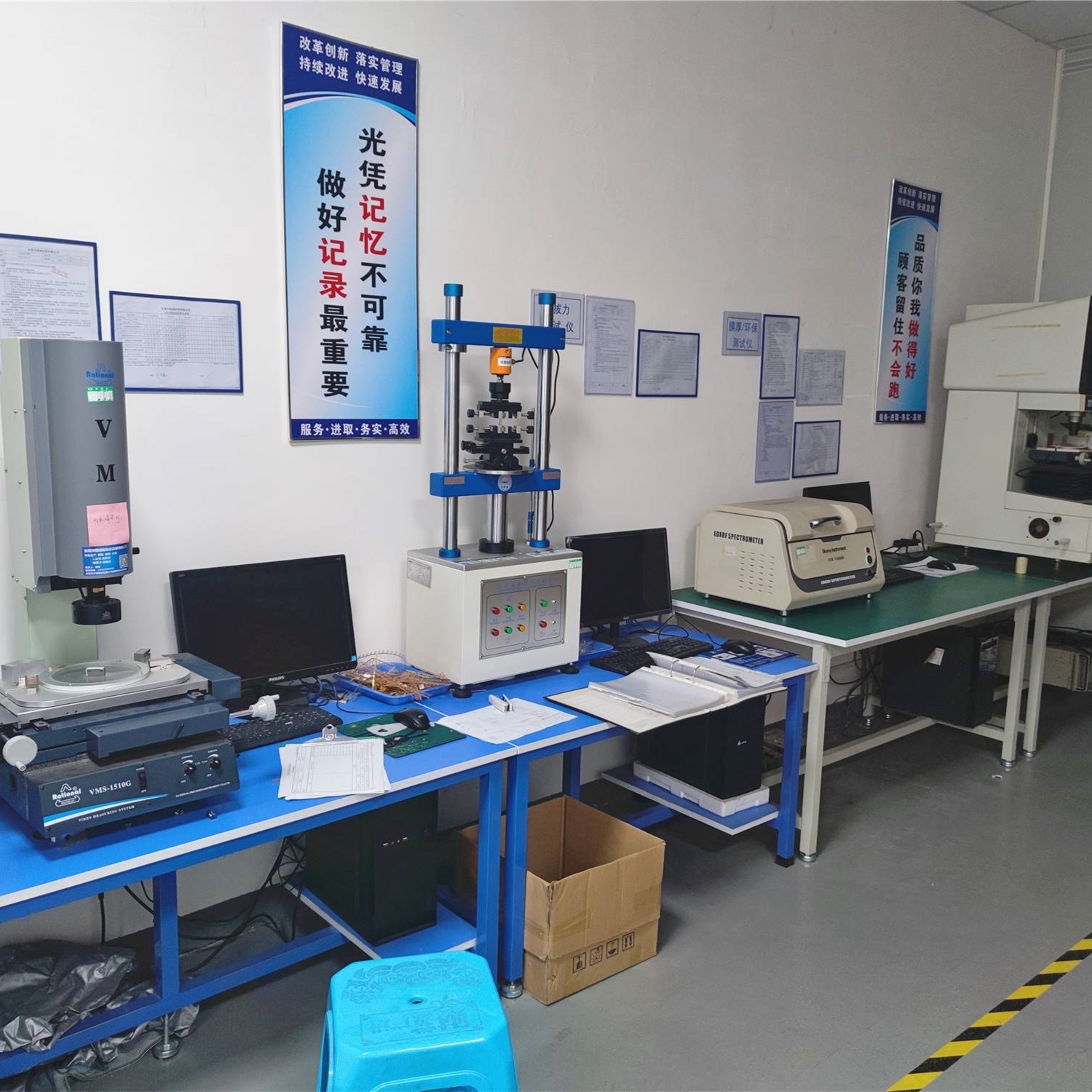As one of the core components of modern electronic devices, the stability and service life of Type-C connectors directly affect user experience and device performance. To ensure efficient and reliable connection of the product during long-term use, our company has established a strict plug-in testing system to comprehensively evaluate the mechanical and electrical performance of Type-C connectors by simulating actual usage scenarios.

1、 The importance of plug and unplug testing
Plug and unplug testing is a key step in evaluating the durability and reliability of Type-C connectors, mainly addressing the following issues:
1. Mechanical Performance: Test the wear and tear of the connector during repeated insertion and extraction to ensure its structural stability.
2. Electrical Performance: Verify whether the connector can maintain stable signal transmission and power supply after long-term use.
3. User Experience : By simulating actual user usage scenarios, ensure smooth plug and unplug of connectors without any lag.
2、 Plug and unplug testing process and method
1. Testing equipment
Our company uses a high-precision plug and unplug tester, which can accurately control the plug and unplug force, speed, and frequency, and simulate plug and unplug operations in different usage scenarios.
2. Testing standards
Insertion and unplugging times: According to industry standards, Type-C connectors need to pass at least 10000 insertion and unplugging tests, and some high-end products require more than 20000 times.
Insertion and extraction force: The tester simulates insertion and extraction operations with different forces (usually 5N-20N) to ensure the stability of the connector under different usage habits.
Environmental simulation: Conduct tests in extreme environments such as high temperature, low temperature, and high humidity to evaluate the performance of connectors under harsh conditions.
3. Testing steps
Initial performance testing: Before testing, the electrical performance (such as contact resistance, signal transmission rate) and mechanical performance (such as insertion and extraction force) of the connector are tested, and initial data is recorded.
Insertion and extraction cycle test: Fix the connector on the tester and perform repeated insertion and extraction operations according to the set number of times and force.
Mid term performance testing: During the testing process, the electrical and mechanical properties of the connector are tested at regular intervals (such as 1000 times), and data changes are recorded.
Final performance testing: After the testing is completed, a comprehensive inspection of the connector is conducted to evaluate whether it still meets the design standards.
3、 Analysis and improvement of test results
1. Data analysis
By comparing the data before and after testing, analyze the performance trend of the connector and identify potential issues.
Focus on changes in key indicators such as contact resistance, signal transmission rate, and insertion and extraction strength.
2. Problem improvement
Optimize the structural design and material selection of connectors to address issues identified during testing, such as poor contact and lagging insertion and extraction.
For example, using high wear resistant terminal materials and reinforced housing structures to enhance the durability of connectors.
4、 Test results and product advantages
1. High reliability
Through rigorous plug and unplug testing, our company's Type-C connectors can maintain stable electrical and mechanical performance even after 10000 plug and unplug cycles, far exceeding the industry average level.
2. Long service life
The optimized structural design and material selection significantly extend the service life of the connector, meeting the long-term usage needs of users.
3. Excellent user experience
Plug and unplug testing ensures smooth and seamless operation of the connector during actual use, improving user satisfaction.
Plug and unplug testing is an important part of our company's Type-C connector quality control system. Through scientific testing methods and strict standards, we ensure that every product has high reliability and long service life. In the future, we will continue to optimize the testing process, improve product quality, and provide users with higher quality connectivity solutions.
